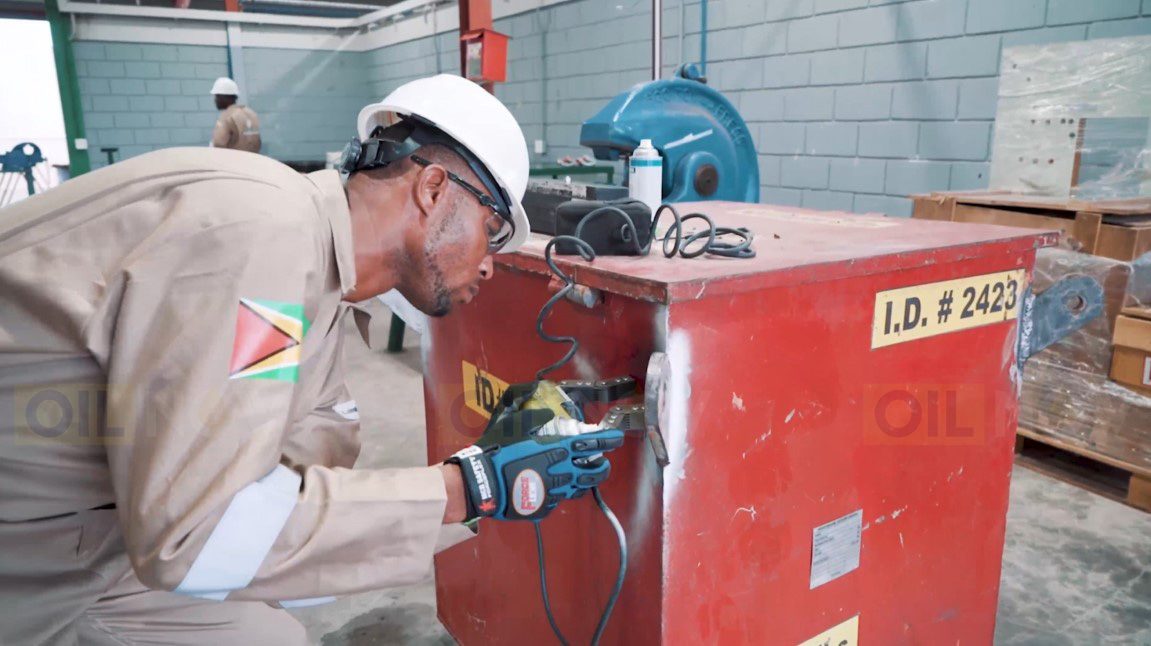Labor scarcity in Guyana’s market is a known issue, especially in the oil and gas sector.
Currently, technicians, engineers and maritime positions are the “most difficult” to fill, according to data from a 2023 labor assessment study. An excerpt was published in the Q2 2024 edition of Energy Magazine.
The Centre for Local Business Development (CLBD), funded by the Greater Guyana Initiative (GGI) made the findings. The study spanned five sectors, key to Guyana’s development: agriculture, construction, health, transport and logistics and oil.
Overall, a total of 52,396 workers will be needed for all the listed sectors. For oil, its 5,828.
The Centre surveyed 29 companies “representing 63.4% of the current labor supply in the sector.”
Can Guyana’s economic boom reverse record migration? Only time will tell | OilNOW
This is what it found: the “significant shortages” in engineers, skilled technicians and tradesmen may impede the sectors’ growth.
The study found that science and engineering associates/professionals, construction workers, trade workers – electrical and electronic trades and metals and machinery and drivers and mobile plant operators are the highest-demand occupations in the oil sector.
What is Guyana doing to address this? It has educational institutions like the University of Guyana and the technical and vocational education schools doing its best to implement programs to help fill the gap.
According to the study, the University of Guyana will graduate approximately 2,605 (from 6,040) students in the disciplines relevant to the O&G sector who can/will enter the construction, transport and logistics sector. TVETs will graduate approximately 14,990 (from 16,375) technicians relevant to the O&G sector.
First batch of trainee technicians graduate from Guyana Technical Training College’s FacTor Unit
But here’s the challenge: it’s not happening fast enough. Some oil companies in Guyana have resorted to plucking engineering students from the University even before they graduate.
“Efforts…to address the gap are commendable but require several years to achieve significant impact,” the study found.



